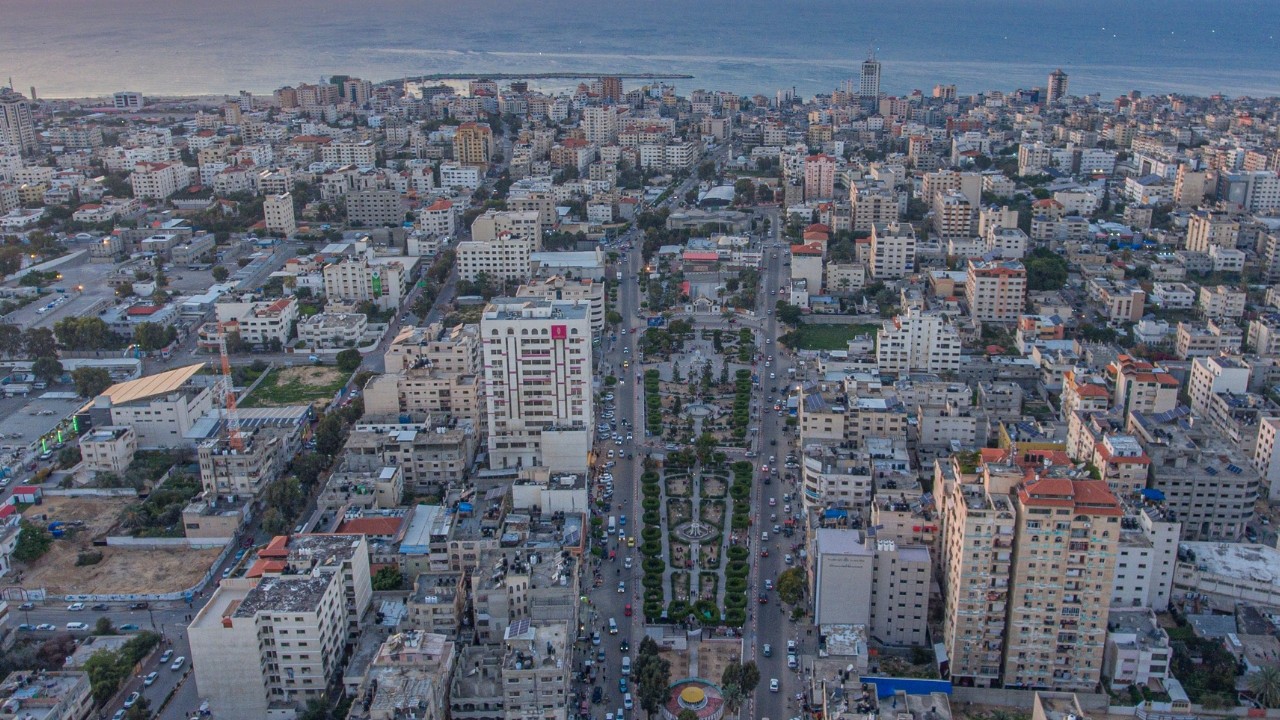Gaza has long lived on the edge. But today, it is no longer an edge. It is a free fall. Entire neighborhoods have been reduced to ash. Food convoys struggle to move without gunfire. Hospitals function without electricity, antibiotics, or anesthetics. And beneath all of this is something quieter but no less devastating: the world is starting to look away.
The siege of Gaza is not just a war of bombs. It is a war of starvation, of silence, and of exhaustion. Since the escalation began in October 2023, over 57,000 people have died, according to Gaza’s Health Ministry. More than 70 percent were women and children. In Rafah, once a place of shelter, tents now stretch beyond the eye’s reach. They are not cities but limbos, filled with the sound of mourning and the absence of answers.
The Human Cost, Unfolding in Real Time
The humanitarian situation in Gaza has reached a state the World Health Organization describes as “beyond catastrophic.”
As of July 2025:
Almost all hospitals in northern Gaza are non-functional
More than 1.9 million people, or over 85 percent of Gaza’s population, have been displaced
Child malnutrition has increased by 146 percent in five months (UNICEF, July 2025)
Infants are dying not from bullets, but from a lack of formula. Antibiotics are unavailable. Children now recognize the sound of drones more than lullabies. And yet, this crisis competes for attention with celebrity scandals, sports events, and algorithm-driven distractions.
This is not about politics. This is about survival.
Food, Fuel, and the Weaponization of Delay
Aid trucks line up for miles at border crossings, but many never make it in. A recent Washington Post report revealed hundreds of deaths at overcrowded aid drop zones due to mismanaged distribution and insufficient coordination.
Fuel is almost gone. Water sanitation systems have stopped. Neonatal wards lack electricity. In one case, a three-year-old child in central Gaza was evacuated in a rickshaw. There was no oxygen tank. No monitors. Only the hope that he would still be breathing upon arrival (Associated Press).
The average Gazan now survives on less than one liter of clean water per day. The World Health Organization defines seven liters as the minimum for survival.
So What Can Be Done? A Chart for Direct, Verified Support
Below is a curated list of credible aid organizations offering direct humanitarian support inside Gaza.
Organization | Type of Support | How to Help |
|---|---|---|
UNRWA (UN Agency) | Food, shelter, schools, emergency aid | |
Anera | Medical supplies, hygiene kits, food boxes | |
International Rescue Committee (IRC) | Health and cash assistance | |
Medical Aid for Palestinians (MAP) | Mobile clinics, trauma care | |
Islamic Relief Worldwide | Nutrition, water, psychosocial support |
We recommend verifying each organization’s current operations and transparency reports when donating.
Bearing Witness Is Not Passive
There is a reason the world looks away. The scale of suffering is uncomfortable. The political complexity feels paralyzing. And the helplessness is real. But reflection is not inaction. To bear witness is to honor the truth. It means refusing to let convenience outweigh conscience. ZIQR does not tell you who to blame. We do not sensationalize trauma. What we offer is what remains: facts, clarity, and a platform that remembers when others forget.
What We Choose to Remember
History will record the bombs and the blockades. But it will also remember who chose to speak when silence was easier.
You do not need to be Palestinian to care about Gaza. You only need to be human.
This is not just a moment of political crisis. It is a moment of moral clarity. Gaza is not a battlefield. It is a home. Until it is treated as such, we must keep looking. We must keep asking. We must keep telling the truth, no matter how hard it is to hear.

